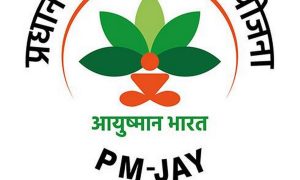Income Tax Return (ITR) Refund: It is important to note that your tax refund can only be issued once the Income Tax Department processes your verified ITR.
New Delhi: Waiting for your Income Tax Return (ITR) refund? Good news- most of the taxpayers who have submitted their income tax returns (ITR) for the fiscal year 2023-24 (assessment year 2024-25) are likely to get the refunds as soon as possible.
Read More: ITR refund scam: Income Tax dept issues warning, asks taxpayers to be alert. Check details
Many individuals have filed the ITR via three forms which include ITR-1, ITR-2 or ITR-3 for the fiscal year 2023-2024 but the question is who will get the refund faster?
This article delves into the criteria determining quicker refunds, highlighting who stands to benefit from the expedited process. It is important to note that your tax refund can only be issued once the Income Tax Department processes your verified ITR.
What Is ITR-1, ITR-2 & ITR-3?
ITR-1 Form: The ITR-1 form is for Ordinary Resident (ROR) individuals with a total income of up to Rs 50 lakh. This includes income from salary, income from single house property, and other sources like bank interest, dividends, and agricultural income up to Rs 5,000.
Read More: Fake GST Registrations: CBIC To Begin 2nd All-India Drive on August 16
ITR-2 Form: This form applies to individuals or Hindu Undivided Families (HUFs) who do not earn income from “Profits and Gains of Business or Profession” and are ineligible to file ITR-1.
ITR-3 Form: The ITR-3 form is intended for individuals and HUFs engaged in business or professional activities, where maintaining detailed books of accounts is required. This includes professionals such as chartered accountants, doctors, lawyers, and engineers whose income is derived from actual profits.
Notably, ITR-1 refund claims are processed more swiftly than those for ITR-2 and ITR-3, thanks to the straightforward income details in ITR-1 compared to the more complex information required in the other forms.
Read More: Net Direct Tax Collection Grows 22 Per Cent To Rs 6.93 Lakh Crore
How To Check Refund Status From Income Tax e-Filing Portal
Step 1: Open the official income tax e-filing website.
Step 2: Log in using your PAN details.
Step 3: After logging in, navigate to the ‘My Account’ section.
Step 4: Within this section, find and click on the “Refund/Demand Status” button.
Step 5: View the status of your refund or demand as displayed on the screen.





































